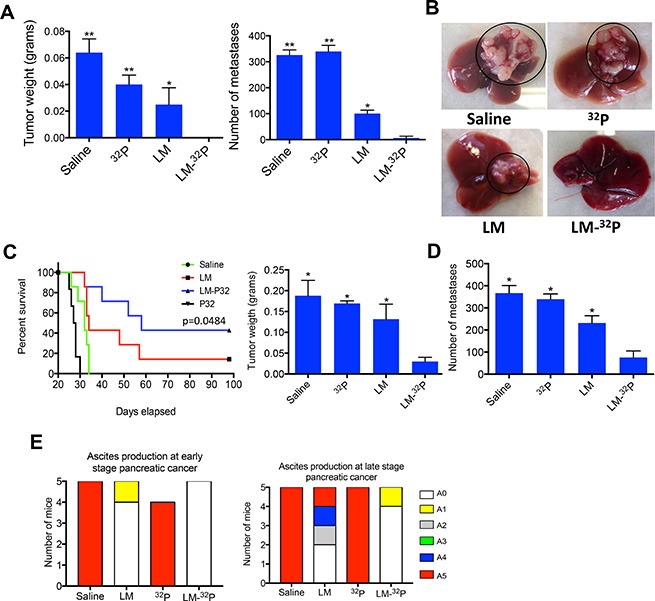Figure 4. Testing Listeria-32P in pancreatic cancer model Panc-02.

(A) Listeria-32P is highly effective against early stage pancreatic cancer. C57Bl/6 mice were injected with 2 × 106 Panc-02 cells in the mammary fat pad, and subsequently injected ip with 107 CFU of Listeria-32P (delivering 1 μCi 32P), 107 CFU of Listeria, 1 μCi 32P, or saline, every 3 days for 2 weeks (starting at day 3 after tumor cell injection). A total of 6 uCi was delivered by Listeria in this experiment. One week after last treatment (day 28) mice were analyzed for tumor weight and frequency of metastases (liver, pancreas, mesenteric lymph nodes, spleen, kidneys). Untreated mice will die around day 30. Mann-Whitney p < 0.05 is significant. All groups were compared to Listeria-32P. The error bars represent the SEM. Representative of two experiments. (B) Example of metastases in liver of Panc-02 mice treated with Listeria-32P, Listeria, 32P or Saline. Representative of two experiments with n = 5 mice per group. An example of 5 livers in each group of one experiment is displayed in the Supplementary Figure 1. (C) Listeria-32P strongly improves survival rate of panc-02 mice. Mice were injected with 2 × 106 Panc-02 tumor cells into the mammary fat pad, and 12 doses of 107 CFU of Listeria-32P (delivering 1 μCi of 32P), were started 3 days after tumor cell injection. The mice were monitored up to day 100 after tumor cell injection. All groups were compared to the saline group. The survival curves were analyzed by Log-rank (Mantel-Cox) test. p > 0.05 is statistically significant. This experiment has been done once with n = 6–7 mice per group. (D) The effect of Listeria-32P on pancreatic cancer in advanced stage (Panc-02 model). Mice were injected with 105 Panc-02 tumor cells in the mammary fat pad. When tumors reached 8–10 mm (10 days after tumor cell injection), and metastases had spread to all organs, the Panc-02 mice received three cycles of 107 CFU of LM-32P or saline on four consecutive days, followed by a rest period of three days after each cycle (12 doses total). The mice were euthanized 6 weeks after tumor cell injection. n = 5 mice per group. The results were averaged. This experiment was performed once. Mann-Whitney p < 0.05 is significant. The error bars represent the SEM. (E) Ascites production in treated and untreated Panc-02 mice with early and advanced pancreatic cancer. At the end of treatments, the production of ascites was graded in the peritoneal cavity in each mouse by visual inspection using a scale from A0 to A5 (A0 = no production, A5 = highest production of ascites), as described in Materials and Methods.
